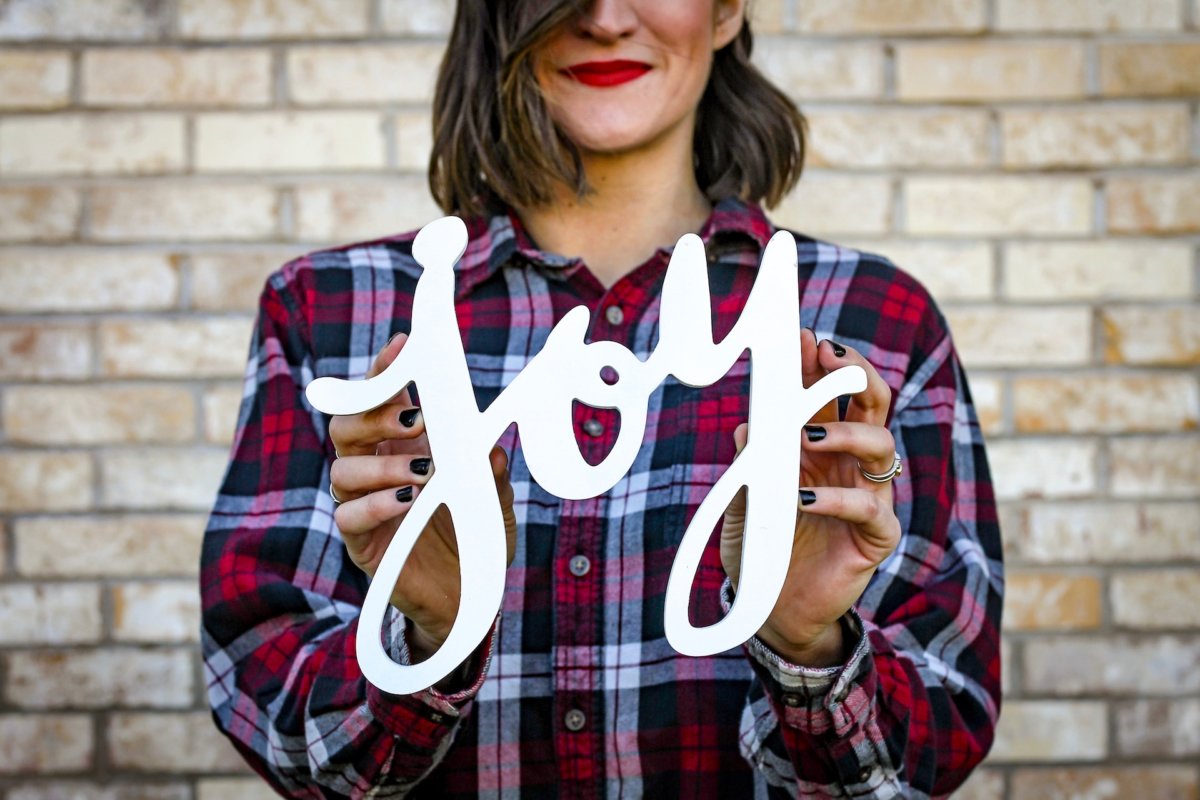Are you overwhelmed by the clutter of things? Trapped in a sea of the forgotten? Have you found what sparks joy? What does “spark joy” even mean?
You have probably caught wind of the phenomenon that is Marie Kondo. She began her business as a professional organizer at age 19. Her book The Life-Changing Magic of Tidying Up (2011) has been translated into 40 languages and has sold millions of copies. I read both this and Spark Joy : An Illustrated Guide to the Japanese Art of Tidying a couple of years ago, after I did my own big declutter before shifting spaces. I wonder how different it would have been, if I had decluttered by category rather than by room and in the order Marie Kondo prescribes.
In my massive slimming down, I did quite well, an arduous process that took months in the making. Like the KondoMari Method teaches, I did think about my ideal life and the lifestyle I wish to inhabit. What did I want to keep from my “old life”? What energy did I want to bring into my “new life”?
Decluttering is only one part of her approach. It’s really about changing our mindset, loving what we have, being grateful for everything, letting go easily of what no longer serves us, and understanding that everything has energy and spirit. What would our life look like if we all embraced these principles?

Spark Joy?
The KondoMari Method is based on deciding what you want to keep. Many people approach decluttering from the perspective of what must go. It sounds like a small pivot; psychologically it’s a big switch.
Isn’t it easier to use the one parameter of “does it spark joy”? Than to navigate through the mind/mine-field of all the conflicting reasons to keep or not to keep?
She advises her clients, readers, and now Netflix audience to feel every object to see if it “sparks joy”. This is not a mental exercise. It’s tactile. It’s looking for that primal response. In our highly intellectualized society that rewards rationality, feeling through a process – rather than thinking through – is a welcome and necessary balance point.
In Japanese, the word is ときめく (pronounced “tokimeku”). It means “flutter, throb, palpitate.” [1][2]
So hold those leg warmers (I’ve been thinking about knitting some) and see if your heart flutters. Does that feel like joy? Any sparks going off?
What does “spark joy” really mean?
The Thing About Joy
Feeling it with your body is a great start to deciding whether to keep something. It helps especially for things you keep out of obligation, or for a rainy day. Maybe the forever-hope of fitting into that fantastic outfit. You know the one. We all do it – surround ourselves with momentoes because of politeness, fear, or nostalgia.
The reality of it is – we all have our own brand of addictions.
And we will continue to, until we rewire our brain for joy, until we unveil the motivations beneath why we do what we do.
Because you and I both know that joy does not come from things. So what is really going on? What are we actually feeling when things spark joy?
Joy-sparks are a visceral reminder of the lightness we want to feel and be in life. That feeling of aliveness, vitality, engagement, presence. You know, living like we have all the energy in the world to do everything we want to do. Being connected to our true desires without justifying, explaining, or defending. None of that heaviness of inertia, indecision paralysis, guilt, regret. That feeling of #sorrybutnotsorry.
I feel that we respond to her way of decluttering because we know joy – that lightness, that connection – is our true state of being. We are anchored in a wonderful physical vehicle and still tethered to the cosmic.
In our high stress world today, we may only glimpse our true self. In the stillness and silence that we seek out. At the bottom of our breath. In the between world of sleep and wakefulness.
Marie Kondo explains that it is the clutter in our hearts that needs tidying up. With a heart full of attachment and fear, how can we genuinely connect with true joy? With a heart cluttered with what Caroline Myss calls unfinished business and Dr Norm Shealy describes as shame, unforgivness, guilt, and regret, how do we make real change?

Where does the KondoMari Method – and “Spark Joy” Take us?
Decluttering Marie Kondo style is a fantastic opening. By contextualizing it through joy, perhaps we will include joy in our self enquiry. What does joy mean – and feel like – for us? Am I experiencing joy in my life now? Am I joyful?
Perhaps we will remember when we are at the mall or online shopping to ask ourselves “does this spark joy?” Or maybe more importantly, “why am I buying this?” And answer honestly.
Having a decluttering ritual – no matter how outrageously effective and fun only helps the symptoms. We need to look at the cause, the why behind all the clutter, both in our home and in our hearts.
Let’s not forget that the KondoMari Method does not start with the decluttering. It starts with visualizing the life we want to have. It is about self-enquiry, self-understanding.
2 Japanese-English Dictionary. Translation for tokimeku. Retrieved 6 February 2019.

